Guest contributor: Skorj on the Toyota 2000GT MF
Before the Lexus LFA and before its famous collaboration with Subaru, Toyota collaborated with Yamaha some 45 or so years ago to produce this, the Toyota 2000GT— considered by many to be the first Japanese supercar. With only 337 ever produced from 1967–1970 and top of the market examples fetching upwards of $1.2m at auction, it certainly has the exclusivity worthy of that lofty title. MCB Japan correspondent Skorj provides a closer look at the sublime red example shown here.
While much has been written recently about the record price of $1.2m paid for a Toyota 2000GT in the US, they can still be had in Japan for much more reasonable sums. There are even a number available in daily driver status, one or two available for restoration, and they regularly appear in car shows and display events, and can been seen driven on the occasional touge run, too. I’ve been passed by a number like that…
Commentary is sometimes made on the perceived ‘derivative’ nature of their design, too, with some making comments about E-Types or 240Zs. To do so, though, is perhaps the domain of someone who has never seen one in the metal, or from someone who does not truly appreciate the subtleties of automotive design.
In person, they are lithe, elegant, and more sensuous in form than even some Ferraris from the era. As well as being extremely low to the ground, the front window wraparound to the side glass gives an integrated glasshouse look, and the long nose compliments the overall purposeful feel. The hand-formed body has the classic stretched-over-the-mechanicals feeling, being trimmed smoothly with nearly flush glass and chromed accents. The 2000GT is not a big car.
The major design element setting the 2000GT apart is the simple waistline – a swage line in some places, a door shut-line in others – integrating smoothly into the tail section as the trailing lip of the rear hatch door. It starts with an upward taper over the front wheels, runs to a soft depression onto the trailing edge of the doors, joins the smooth flow upwards with the rear window line over the rear wheel arch, and then drops away to form a sharp-edged line around the tail. Often missed in photographs, but easily apparent on the road is the soft up-kick in the rear line over each of the taillights – this simple change in line imparting a very pleasing look to a departing 2000GT tail.
Additional design elements such as the two-tone alloys, cloisonné badge work, wing mirrors, piano wood interior (built by Yamaha) with clock and stopwatch in-dash all add to the design. For me, perhaps the only out-of-place element is the auxiliary rear reflector, partially frenched into the trailing edge of the rear fender. Some prefer the MF12 over the MF10, too, for its smoother integrated driving light placement.
With many photographs of 2000GT on circulation, I set out to photograph this local example – one of the few I’ve seen in red – with a view to highlighting their unique attributes. I stood there for over 30 minutes slowly shooting a roll of film, enjoying every frame taken…

Images © Skorj














































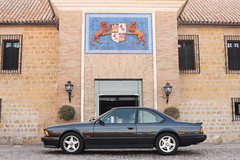






















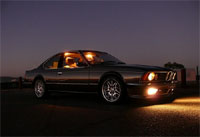
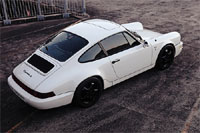





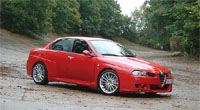






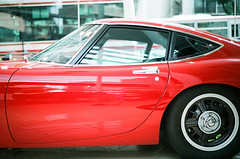







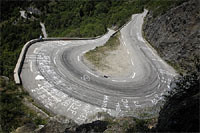







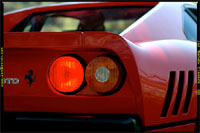














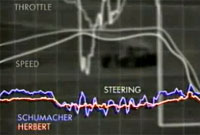

















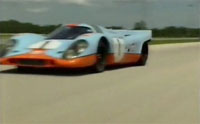










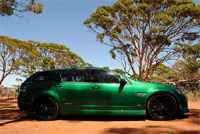


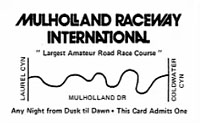
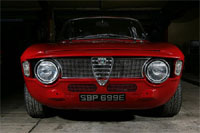





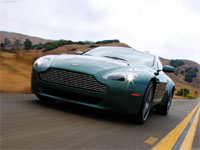










Why do we not get cars this beautiful now days?
I know safety regulations have some effect, but I suspect it just laziness to a degree. Perhaps CAD does not lend itself to beauty. In any case, we are poorer for the loss.
Randy said this on June 28, 2013 at 12:32 am
RM has one at their upcoming Monterey auction. Will be very interesting to see what that pulls.
http://www.rmauctions.com/lots/lot.cfm?lot_id=1060994
ROB said this on June 28, 2013 at 2:05 am
How can people say it is derivative of the 240Z, it is two years older. I have read it the other way round, that the 2000GT inspired the 240Z. These are beautiful photos that really show how delicate the design is.
Simon said this on June 28, 2013 at 10:29 am
Actually, the story goes that this design was going to be the 240Z, but Nissan rejected it and Toyota used it instead…
Jorge Azcoitia said this on June 28, 2013 at 2:01 pm
PS: the reason is that Nissan didn’t consider it pretty enough… =/
Don’t get me wrong, I love the 240Z as well but saying that this is not beautiful…
Jorge Azcoitia said this on June 28, 2013 at 2:02 pm